Common Pediatric Conditions
Myopia (Nearsightedness)
Myopia is one the most common vision problems faced by school-aged childen. Myopic children are nearsighted. This means they are able to clearly see objects up close, but have a lot of trouble seeing objects far away. The progression of myopia can be corrected with non-surgical vision correction methods like specialty atropine drops, contact lenses, or Orthokeratology treatments.
Hyperopia (Farsightedness)
Hyperopia is another common vision problem faced by school-aged children. This condition is the opposite of myopia (nearsightedness). Hyperopic children are farsighted. This means they are able to clearly see objects that are far away, but have a lot of trouble seeing objects up close.
Strabismus (“Crossed-Eye”)
Strabismus is a condition where the eyes are not aligned properly and point in two different directions, appearing “crossed”. One eye may be focused straight ahead while the other turns in, out, up, or down. The child’s brain will start to ignore the image from the misaligned eye in order to not see double which can lead to decreased vision in that eye from never fully developing. This condition can be treated with surgical and non-surgical methods.
Amblyopia (“Lazy-Eye”)
Amblyopia, also sometimes called “lazy eye”, occurs when vision in one or both eyes does not develop properly during childhood. When this happens, one eye cannot see as clearly and becomes the weaker, “lazy” eye because the brain begins to focus its ability on the healthy eye instead. Because this condition can be treated and even slowed and managed, it is important to diagnose and treat amblyopia in the first few years of life so that the child with amblyopia can develop normal and healthy vision.


